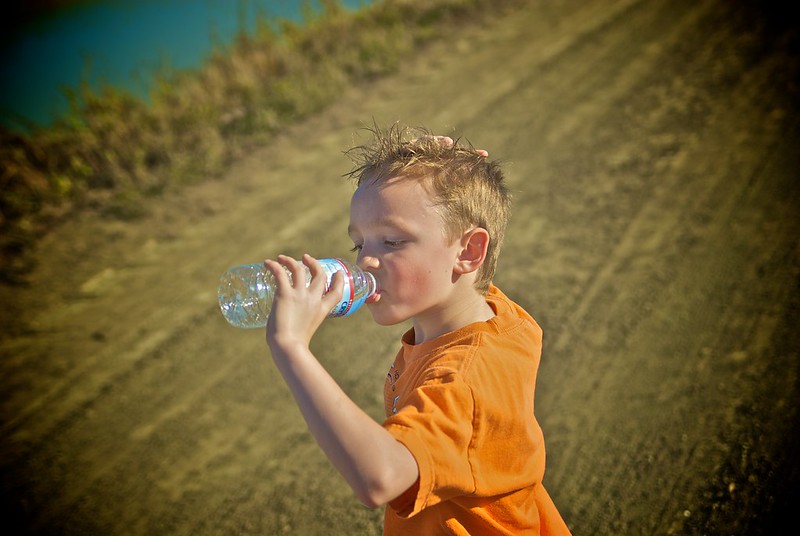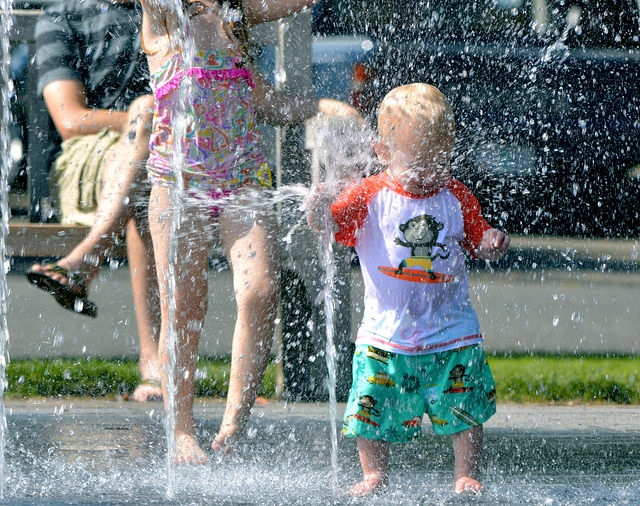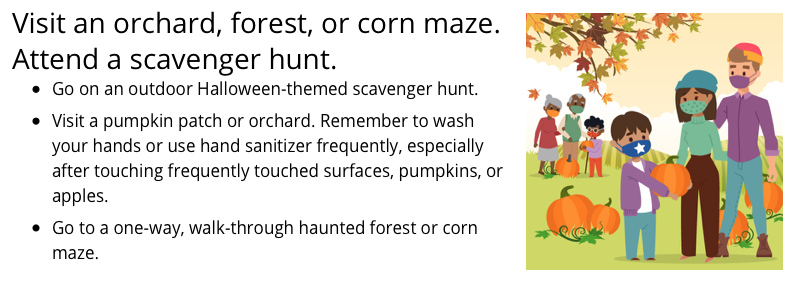October is Fire Prevention Month. This is a great reminder to make sure you and your host kids know how to prevent fires and how to escape a house fire.

Control Kids’ Access to Fire
- Keep all matches and lighters out of the hands of children. If possible, keep these sources of fire in locked drawers. Consider buying only “child-proof” lighters—but be aware that no product is completely child-proof.
- Children as young as two years old can strike matches and start fires.
- Never leave children unattended near operating stoves or burning candles, even for a short time.
- Teach children not to pick up matches or lighters they may find. Instead, they should tell an adult immediately.
Fire Safety at Home
- Smoke alarms should be installed on every level of the home, especially near sleeping areas.
- Smoke alarms should be kept clean of dust by regularly vacuuming over and around them.
- Replace batteries in smoke alarms at least once a year. And replace the entire unit after ten years of service, or as the manufacturer recommends.
- Families should plan and practice two escape routes from each room of their home.
Tip: Make sure children know not to hide in the event of a fire. Explain that firefighters wear lots of equipment to protect them from the fire and smoke. Show them some pictures of how firefighters look in their gear and explain that they don’t need to be afraid of them.
Photo: Dawn Endico




 We live in a time of constant sharing through social media. We often share pictures, plans of somewhere we are going or rants about problems, without thinking much about who will see it and what could be the consequences.
We live in a time of constant sharing through social media. We often share pictures, plans of somewhere we are going or rants about problems, without thinking much about who will see it and what could be the consequences.

 Make trick-or-treating safer
Make trick-or-treating safer
 Wash your hands
Wash your hands